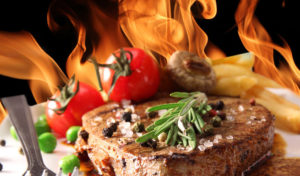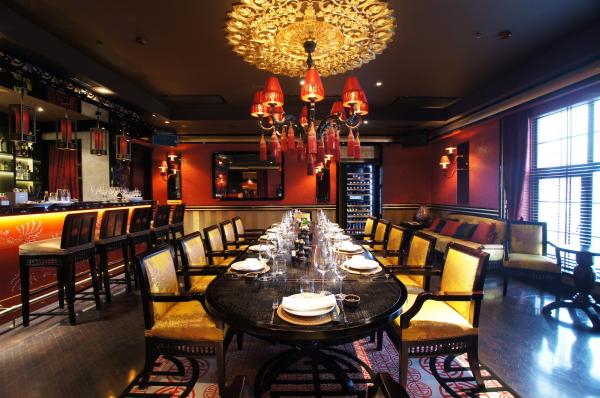Salt, fire and gaucho: what a traditional Brazilian restaurant looks like
 Brazilian feast, like carnival, means a lot of passion. The restaurateur Gennady Medvedev explains what this means from a gastronomic point of view.
Brazilian feast, like carnival, means a lot of passion. The restaurateur Gennady Medvedev explains what this means from a gastronomic point of view.
Salt, fire and gaucho: what a traditional Brazilian restaurant looks like
In Brazil, there are restaurants of various and unexpected qualities and levels. With Michelin stars and cooks, fusion, with authentic and fine cuisine. Especially for Forbes, restaurateur Gennady Medvedev talks about the Brazilian classics – churascari restaurants.
Churaskarii are taverns and restaurants where they cook meat on the grill, on skewers, on coals. The very concept of such a traditional Brazilian restaurant originated in the era of the colonization of Latin America by Europeans. 300–400 years ago, the Gauchos — the approximate equivalent of the North American cowboys — lived and worked in the pampas where they grazed cattle. Traditionally, they cooked meat on a fire, stringing large pieces on sticks, and then cut it into thin slices. From here went the tradition of cooking meat on a spit.
In Brazil, the concept of a restaurant with unlimited food at a fixed price has been formed. And already depending on the level – this is a tavern or a refined restaurant – the price is determined. By the way, there are such places not only in Brazil. My favorites are in Milan and New York. If you are brought to the Italian fashion capital, be sure to check out Barbacoa, but just keep in mind: it’s better to book a table a few weeks before the visit. Barbacoa’s success, besides tasty meat, is an impeccable wine list. In New York, I advise you to visit the Fogo de Chao. Here you will again be offered tasty meat. But the establishment itself is underground, and the muffled light creates an unusual atmosphere. Another plus is that the restaurant is open opposite the famous Museum of Contemporary Art, a great idea is to look here after visiting the exhibition.
In Brazil, the concept of a restaurant with unlimited food at a fixed price has been formed. And already depending on the level – a tavern or a refined restaurant – the price is determined
Churascari service both in Brazil and elsewhere around the world is carried out using the Rodizio system. Rodizio – is serving dishes on the principle of “eat as much as you want.” Gaucho waiters continuously carry out meat delicacies. In addition to meat, a salad bar is obligatory in Churaskaria. Traditional ingredients of Brazilian salads are potatoes, tomatoes, vegetables, and mayonnaise. Brazilians also like to add bacon and smoked meats to them. A typical dish of the mayonnaise de oliva salad bar is practically our Russian salad, but without pickled cucumbers. I do not advise you to lean on salads, leave your strength on all kinds of meat. I especially recommend picking – juicy tender meat with a thin layer of fat (picking for a Brazilian is like Ukrainian borscht and dumplings), as well as baked chicken hearts on a spit – local people simply adore them.
The classic set of meat in Rodizio is chicken, pork, veal, lamb. Served parts of veal, such as picking, alcatra, mothering, etc. I note that almost all parts of a bull or a cow go into business, but only filets or backs are cooked on the grill, and offal is usually stewed.
It should be noted that cutting meat in Brazil is fundamentally different: beef is cut differently than we are used to. Brazilians have created their own classification of cutting. For example, spitting is the back of the tenderloin, but cut differently. This is also due to the fact that a special breed of cows is popular in Brazil.
Brazilian cows are large animals with a big hump on their backs. It is called Kupin, and this is a real delicacy. Kupin cooked on fire for 24 hours at low temperature. The finished meat is cut from the skewer with very thin slices. But do not recruit as much as possible, since the gaucho will in any case bring it to you again and again.
Meat is cooked on selected charcoal with strong heat – 400 °. Veal is not pickled, but just sprinkled with sea salt and fried until golden brown. Slices are cut one by one, then the meat is sent back to the grill for further roasting. Circle rodizio lasts two hours, during which time you can try up to 20 dishes. And anywhere in the world it will be salt, fire and a lot of Brazilian passion.




